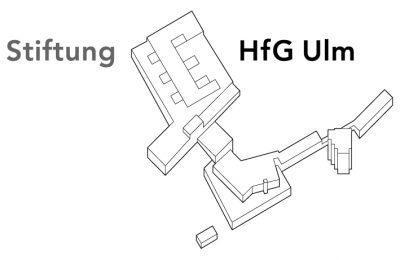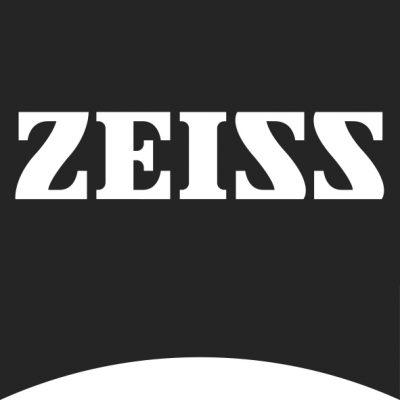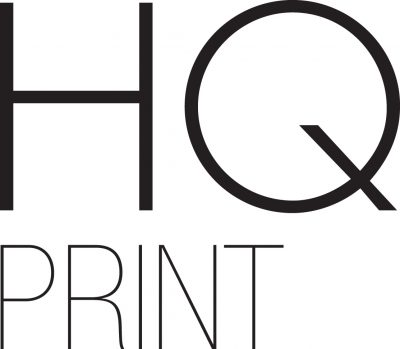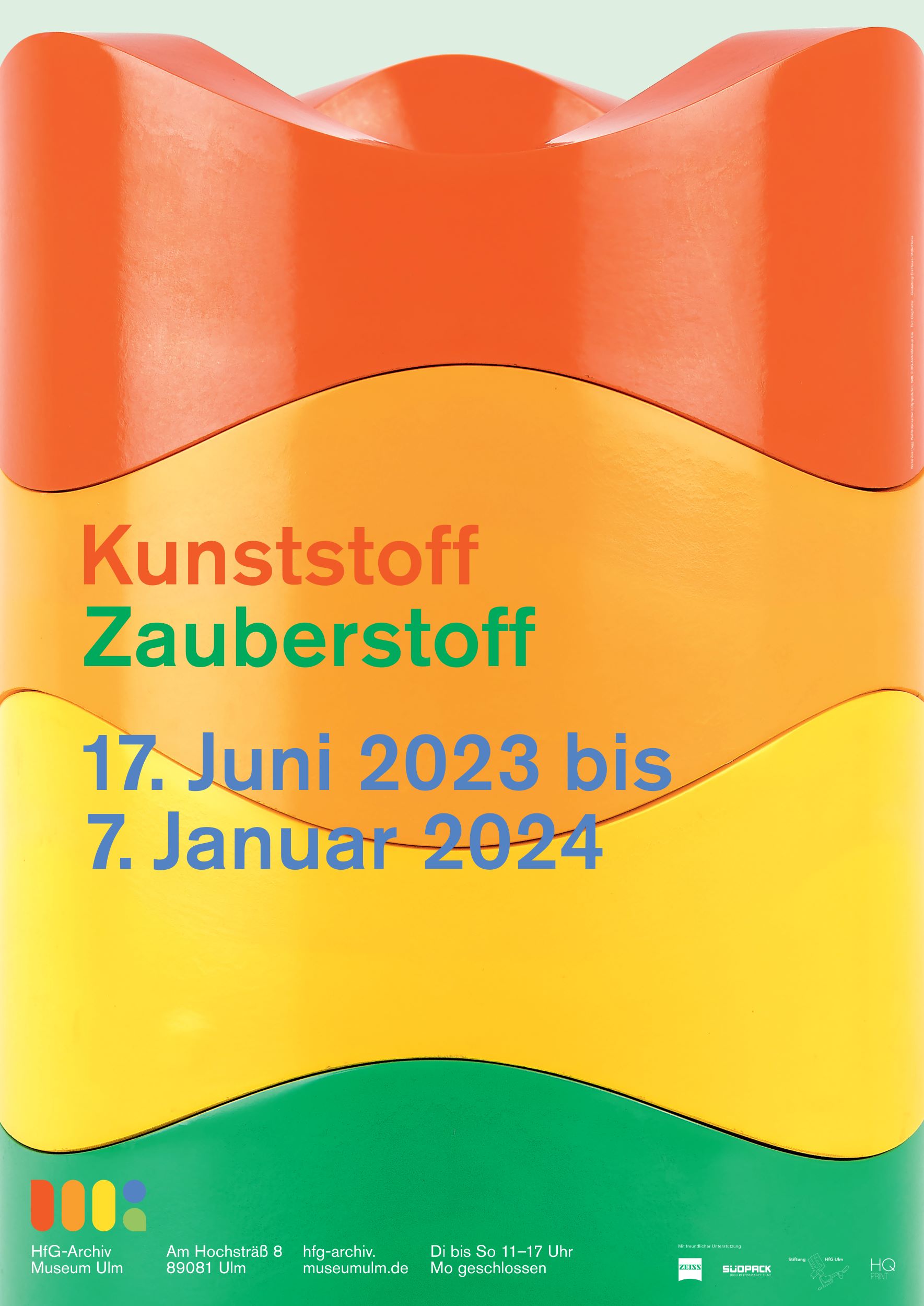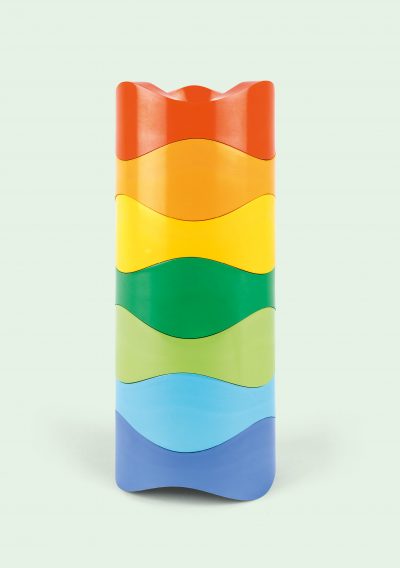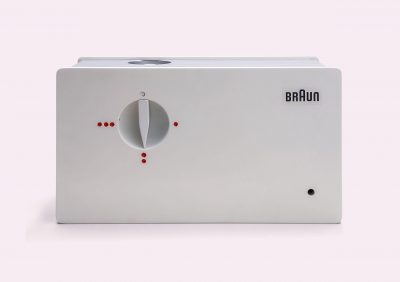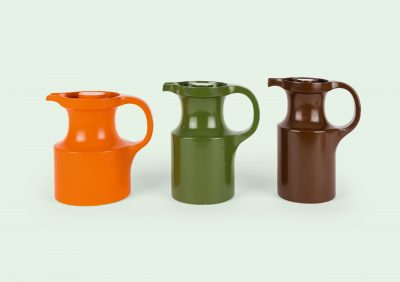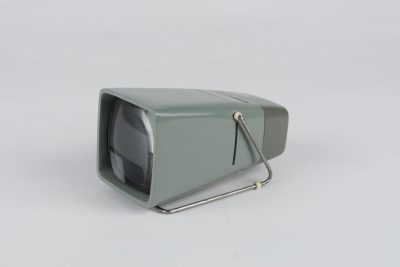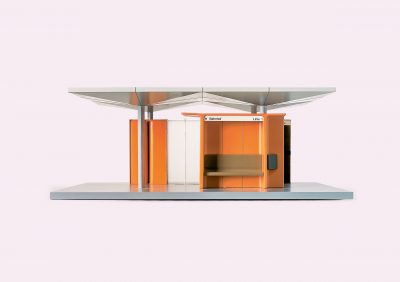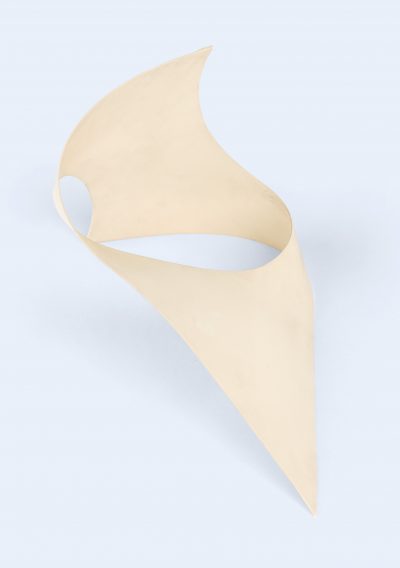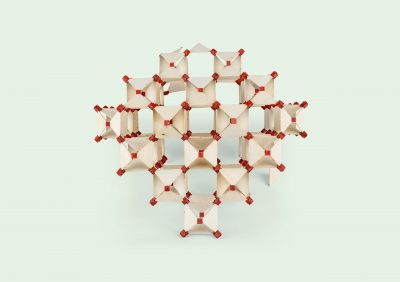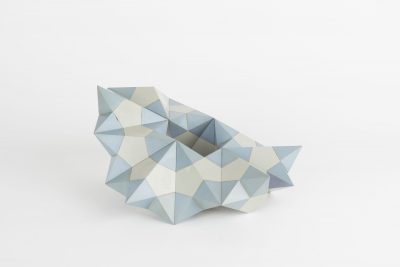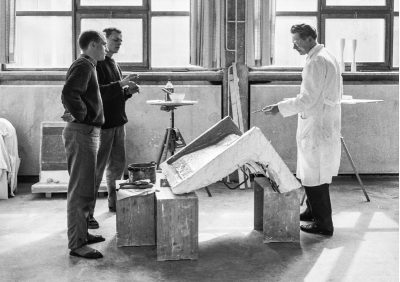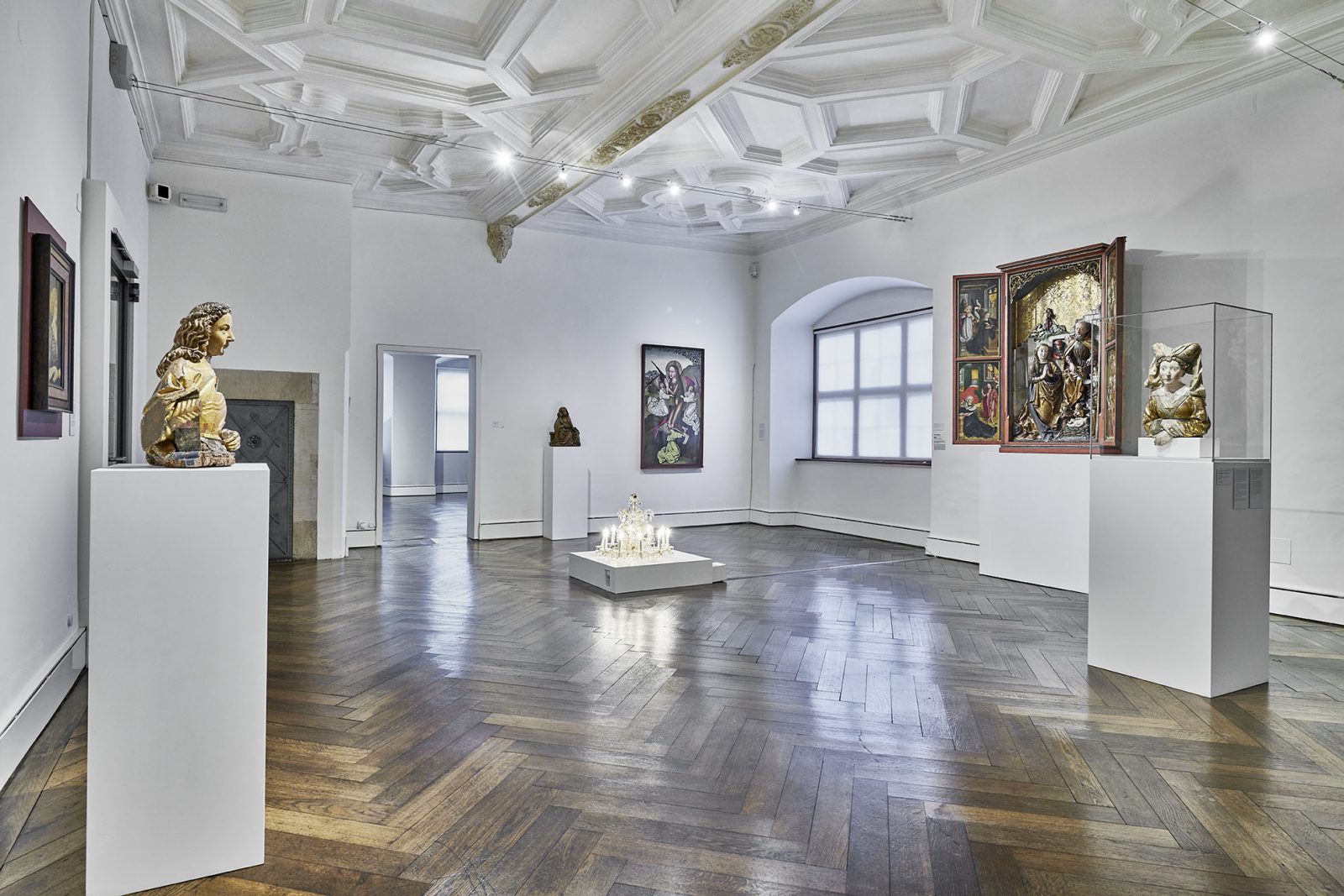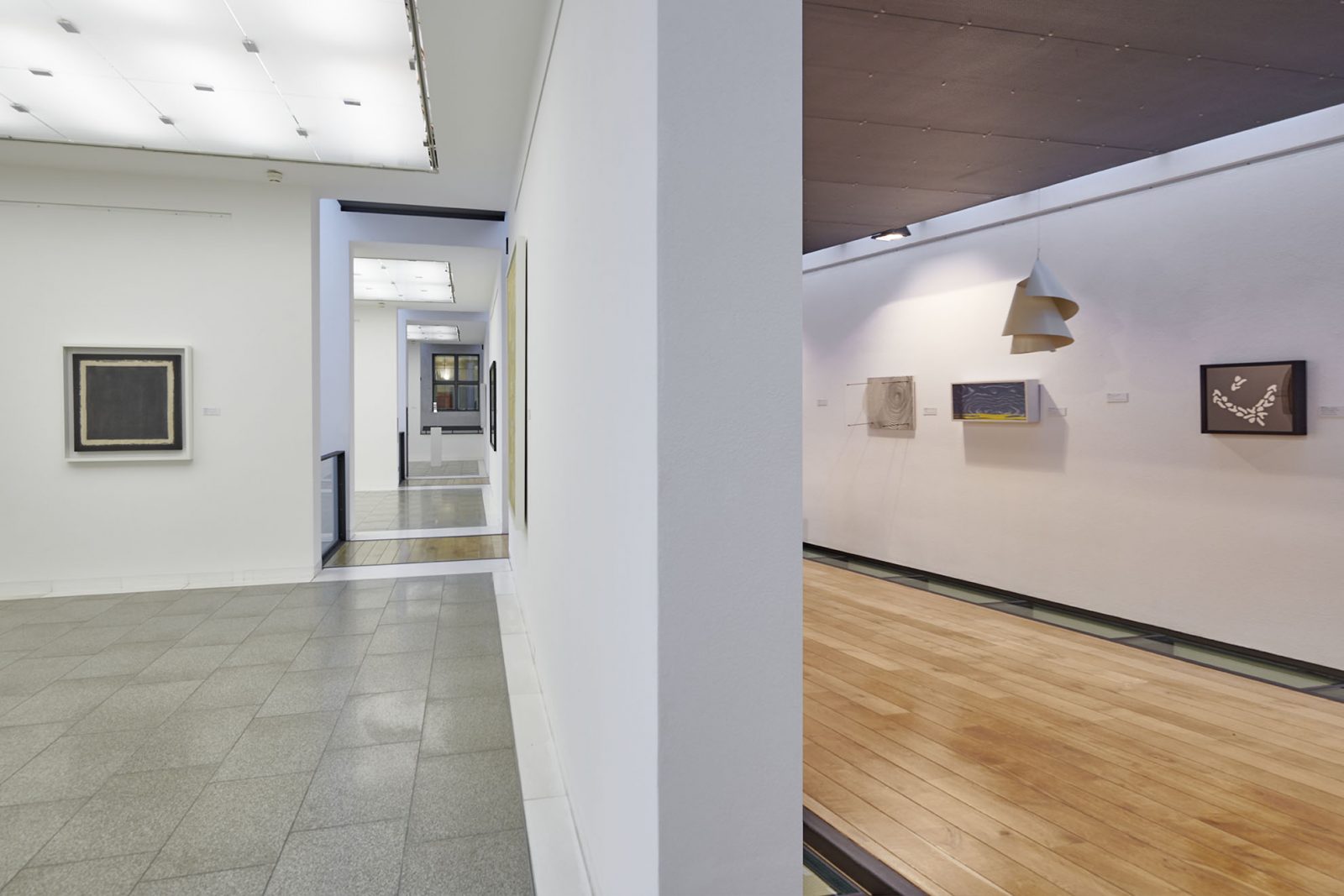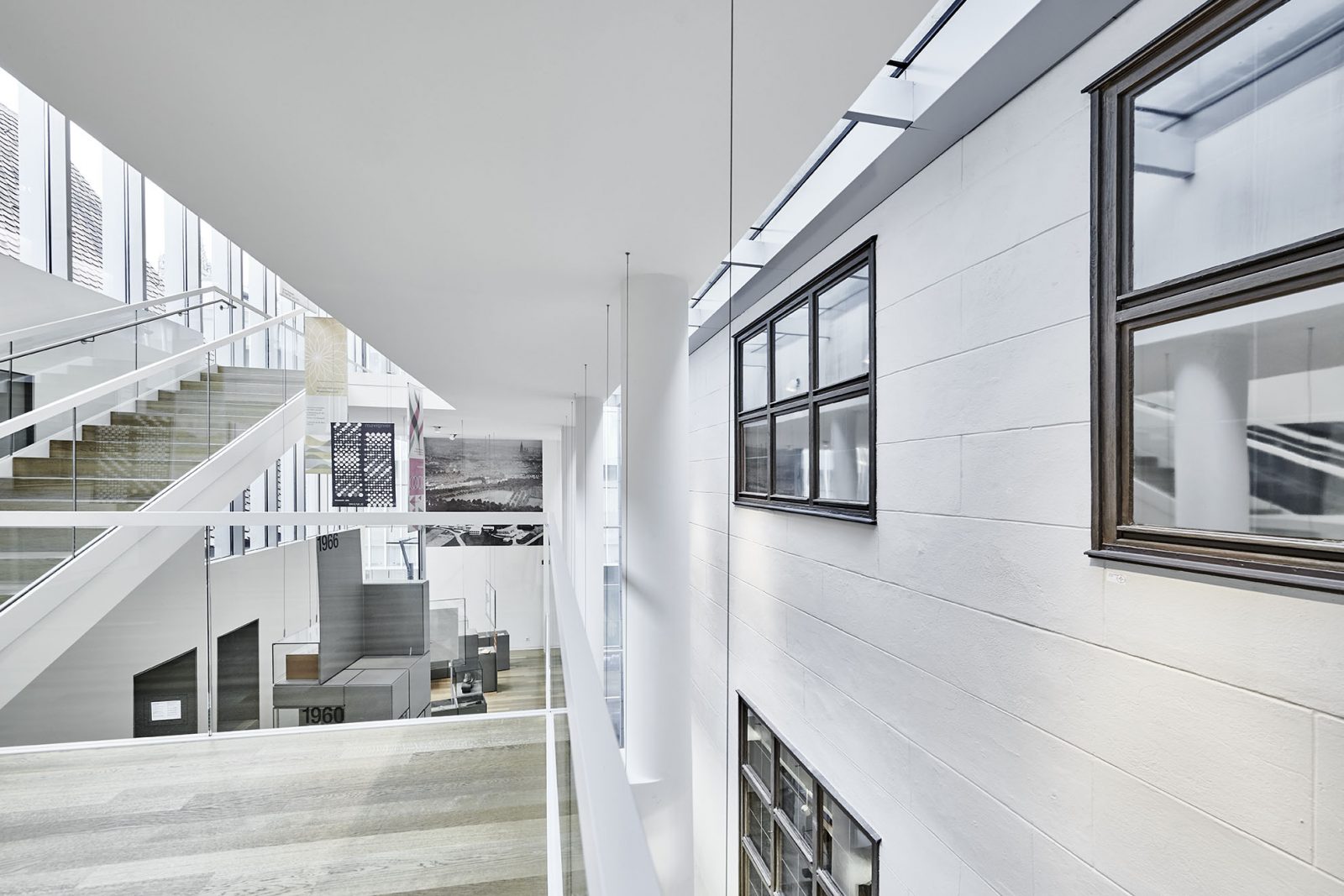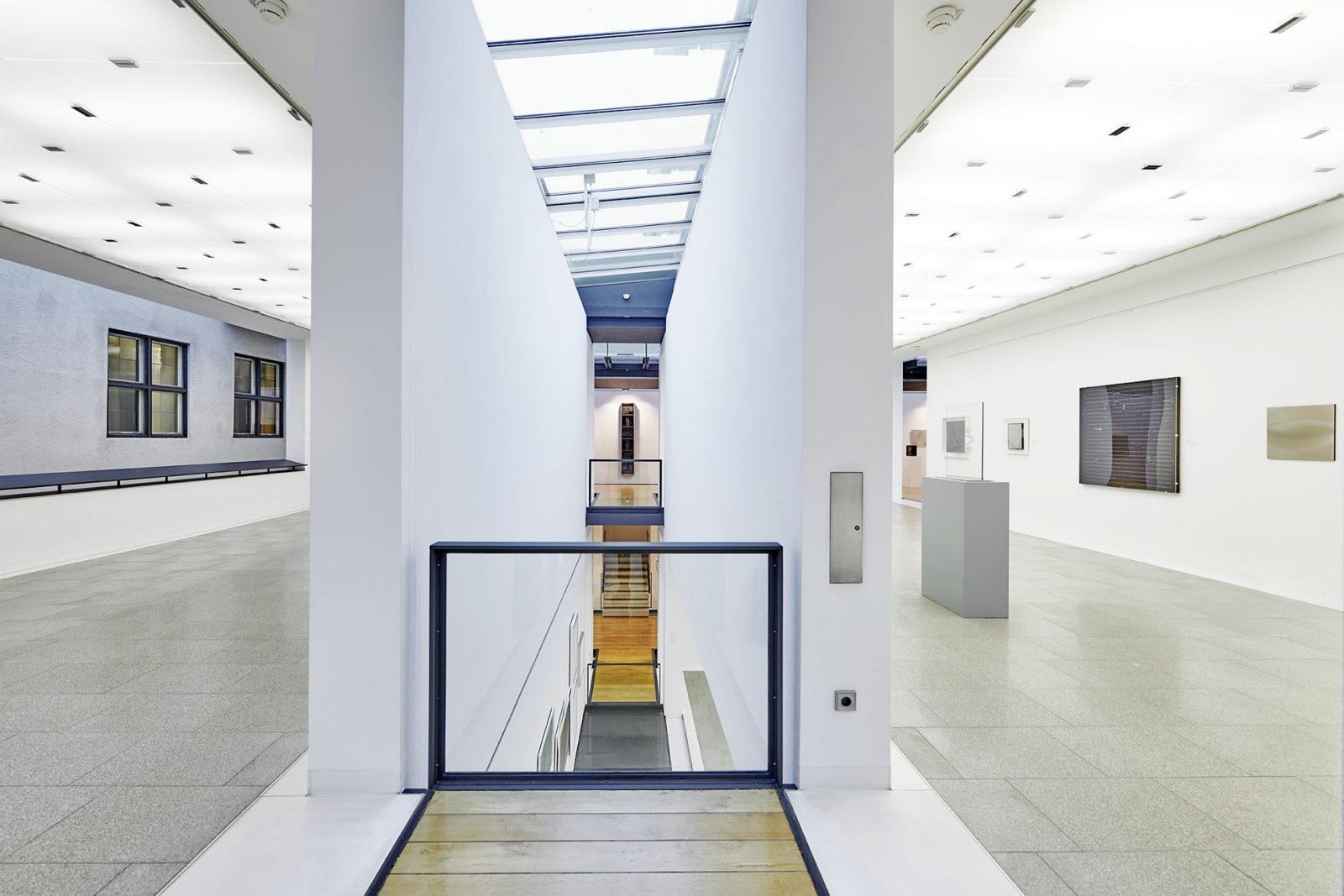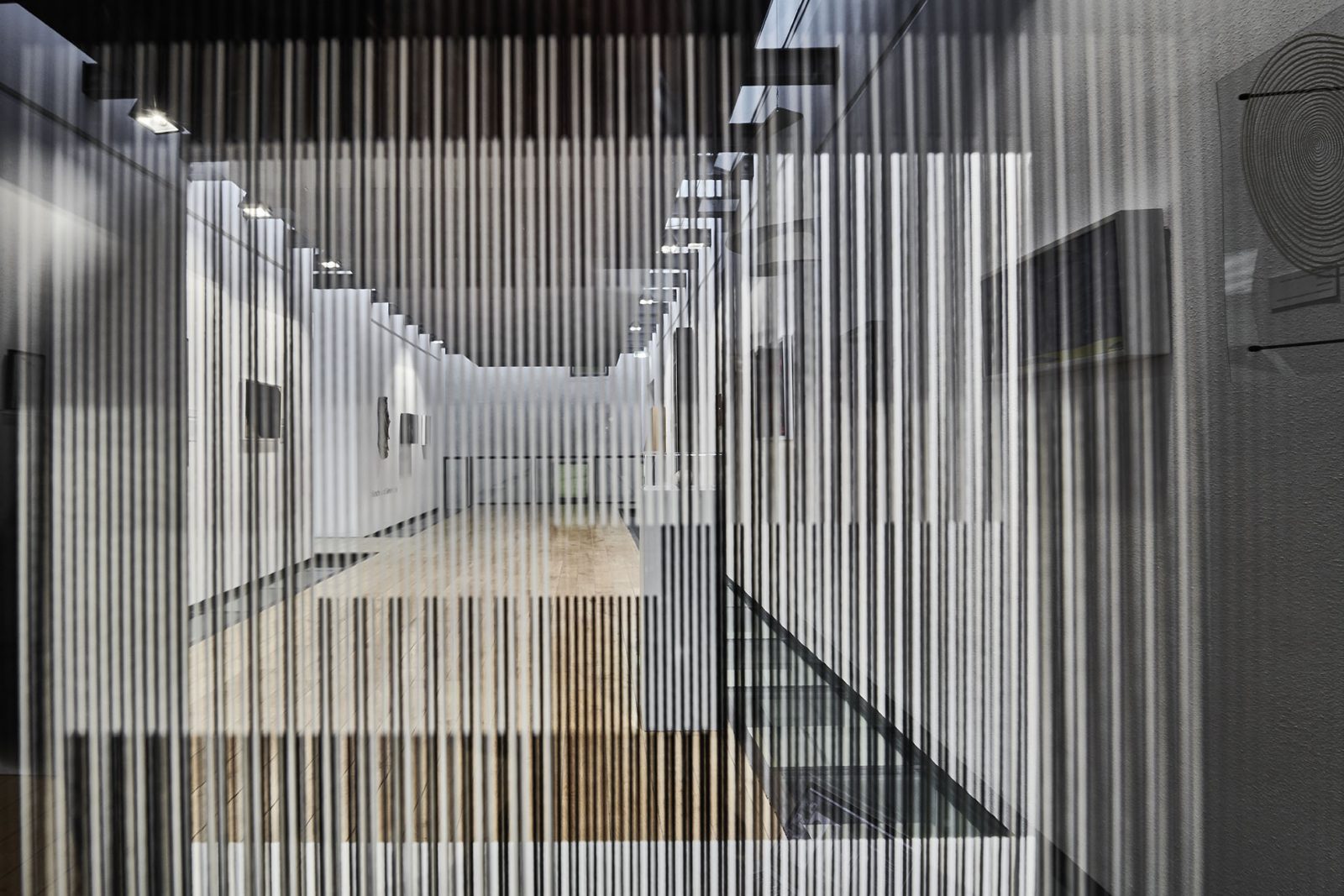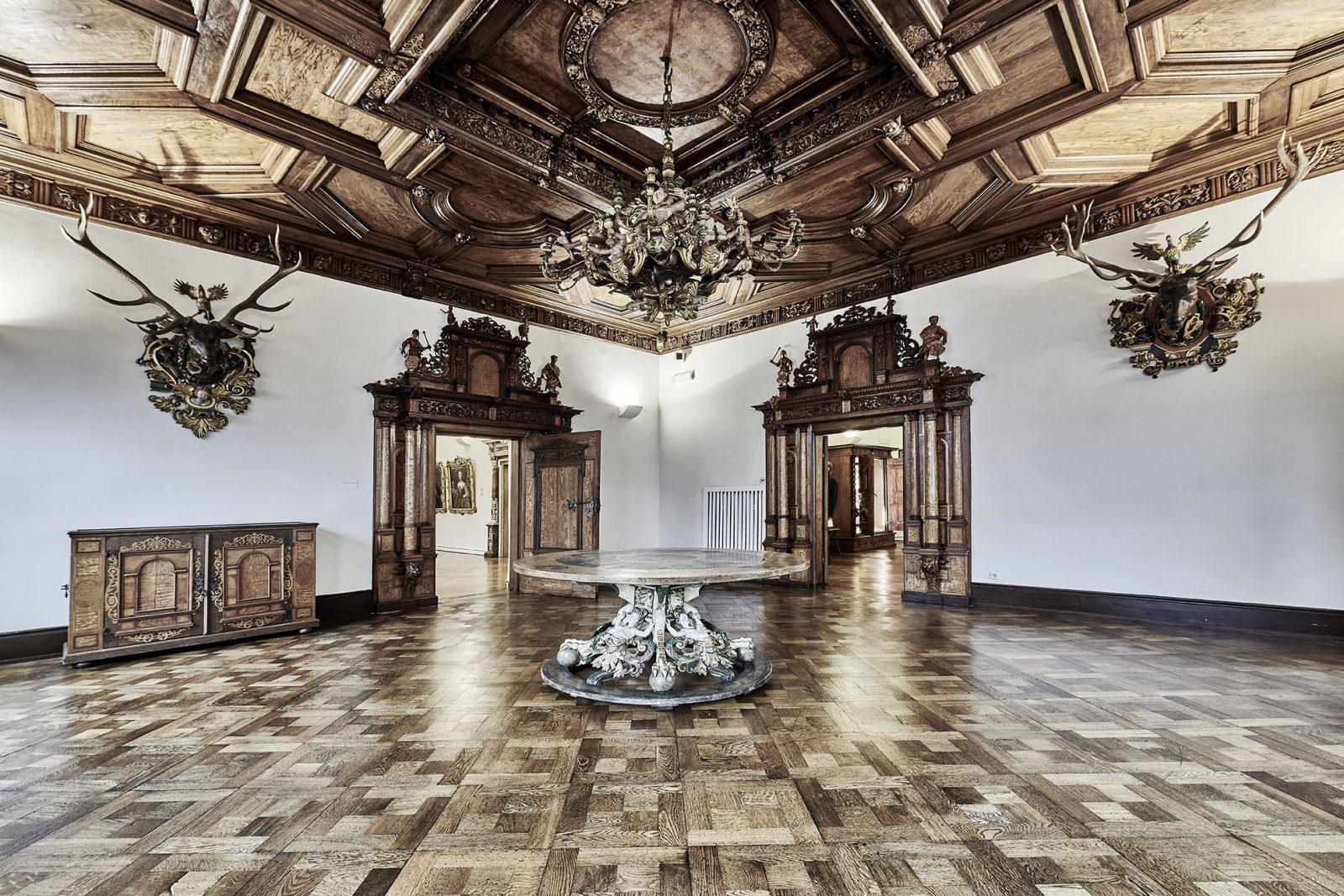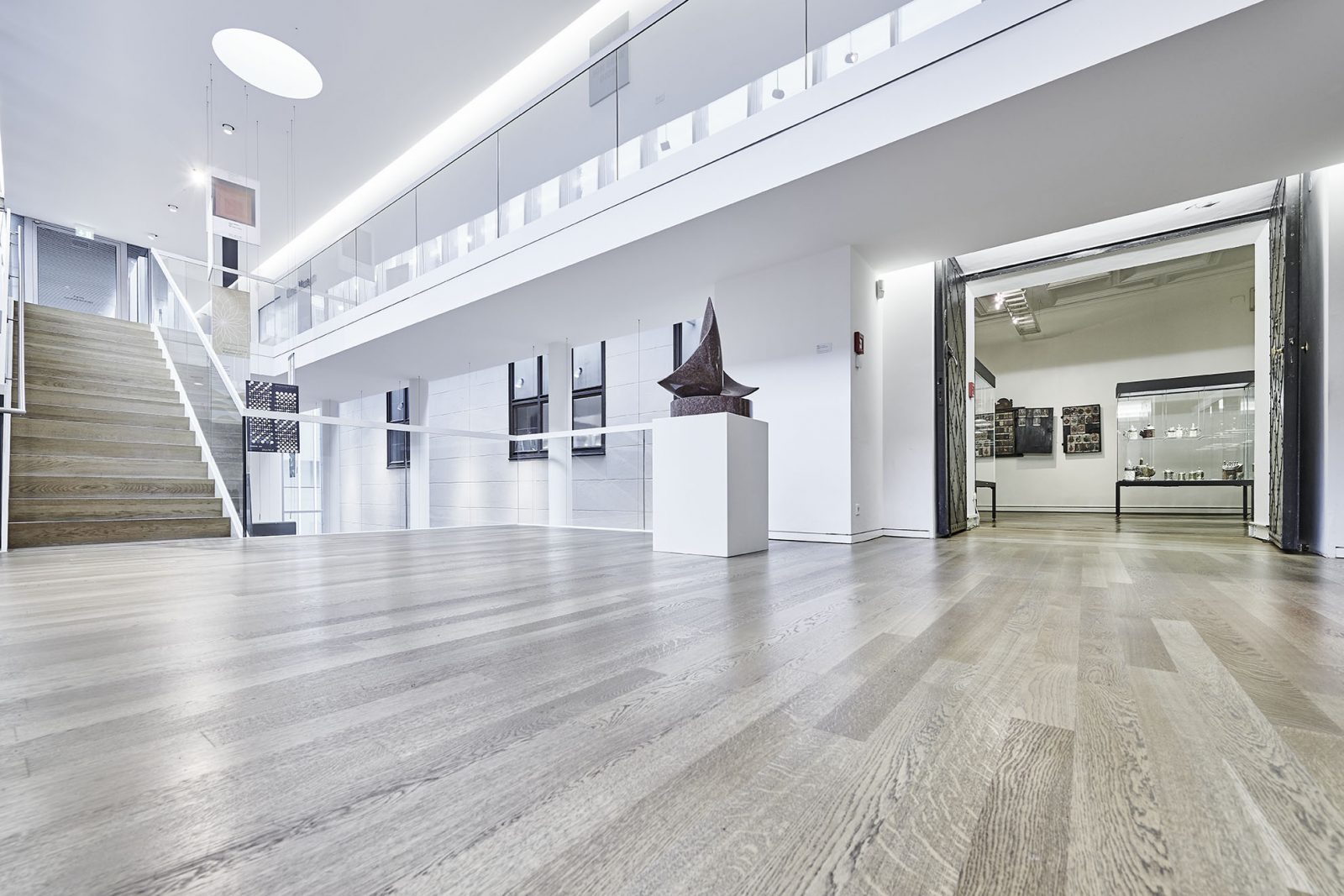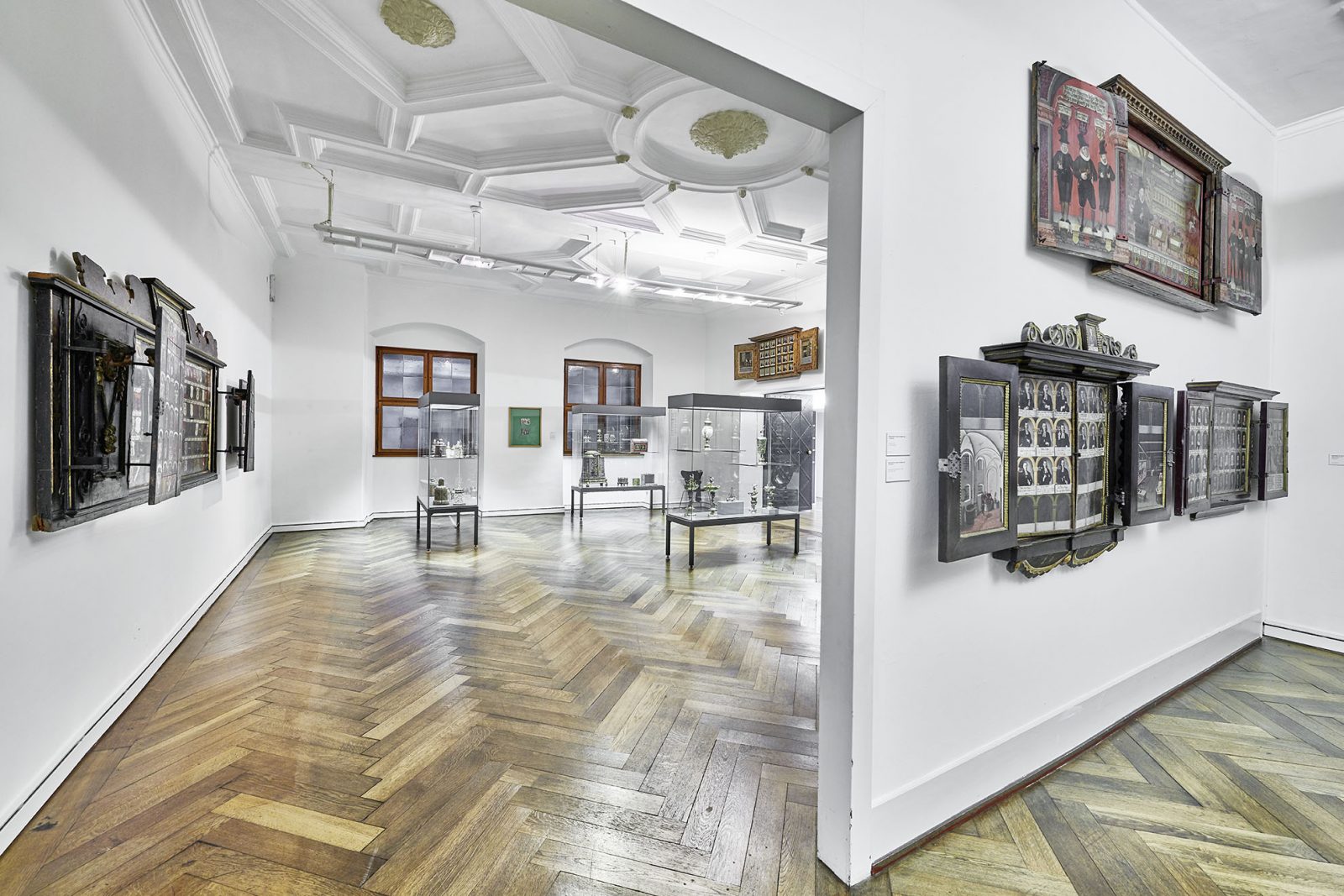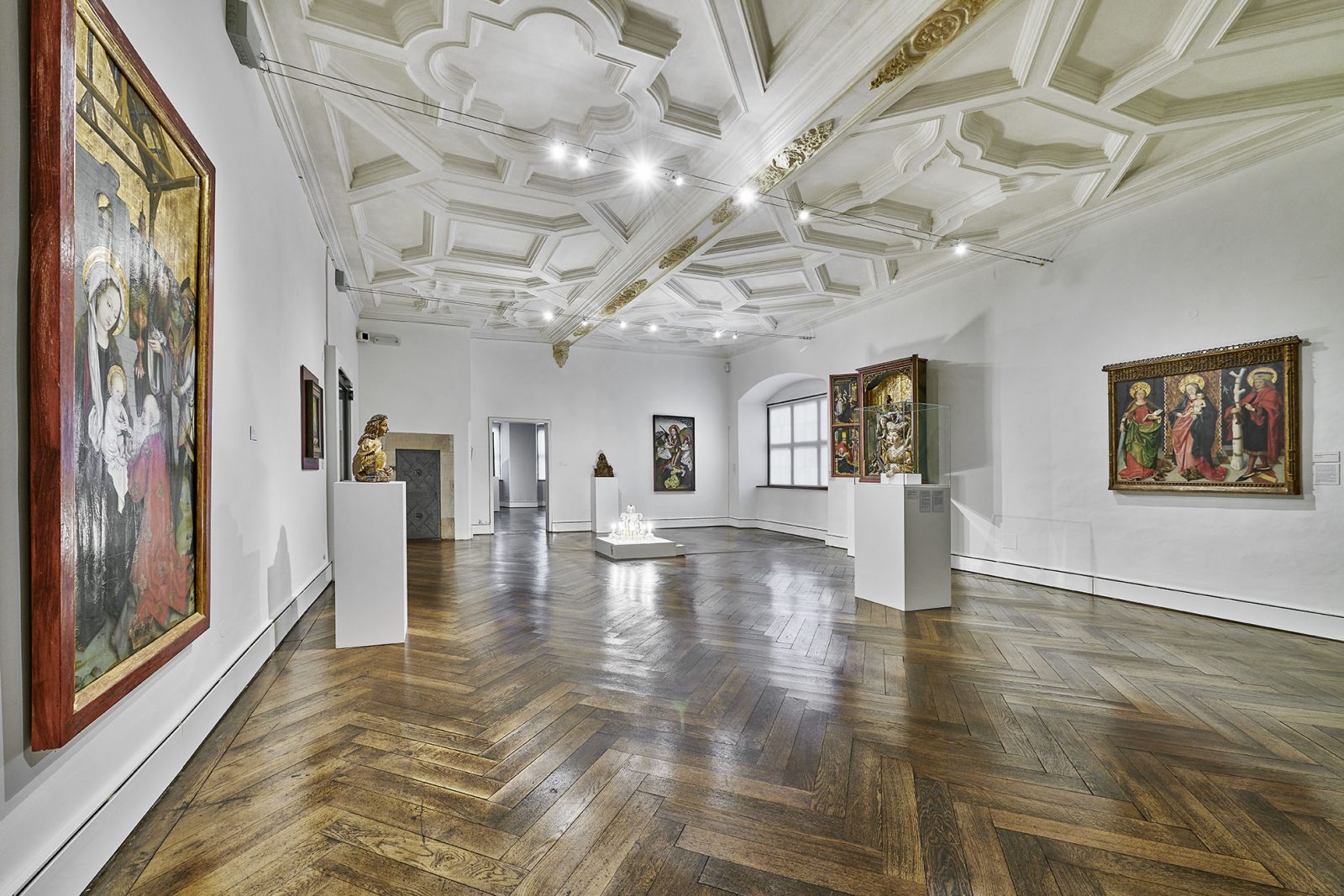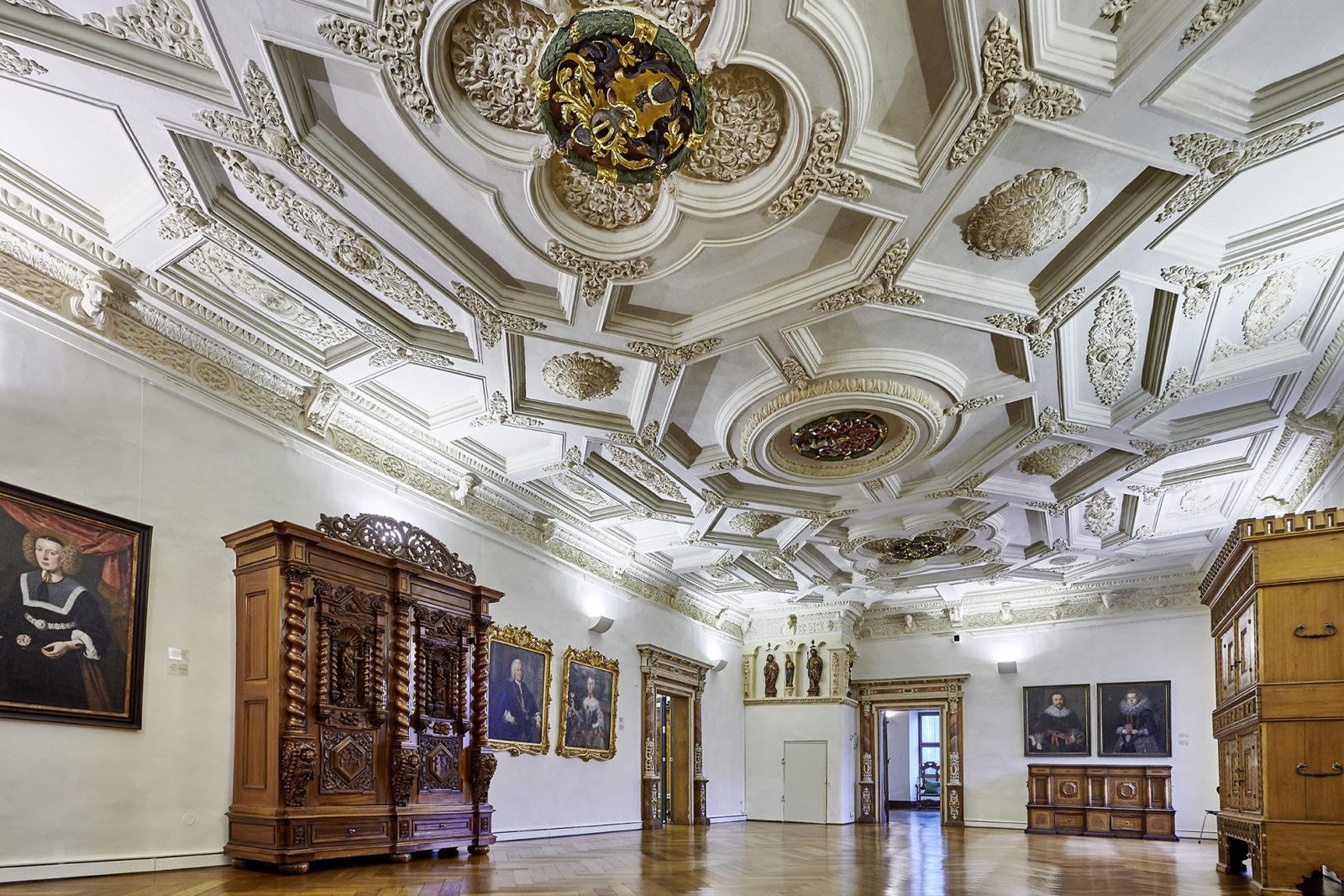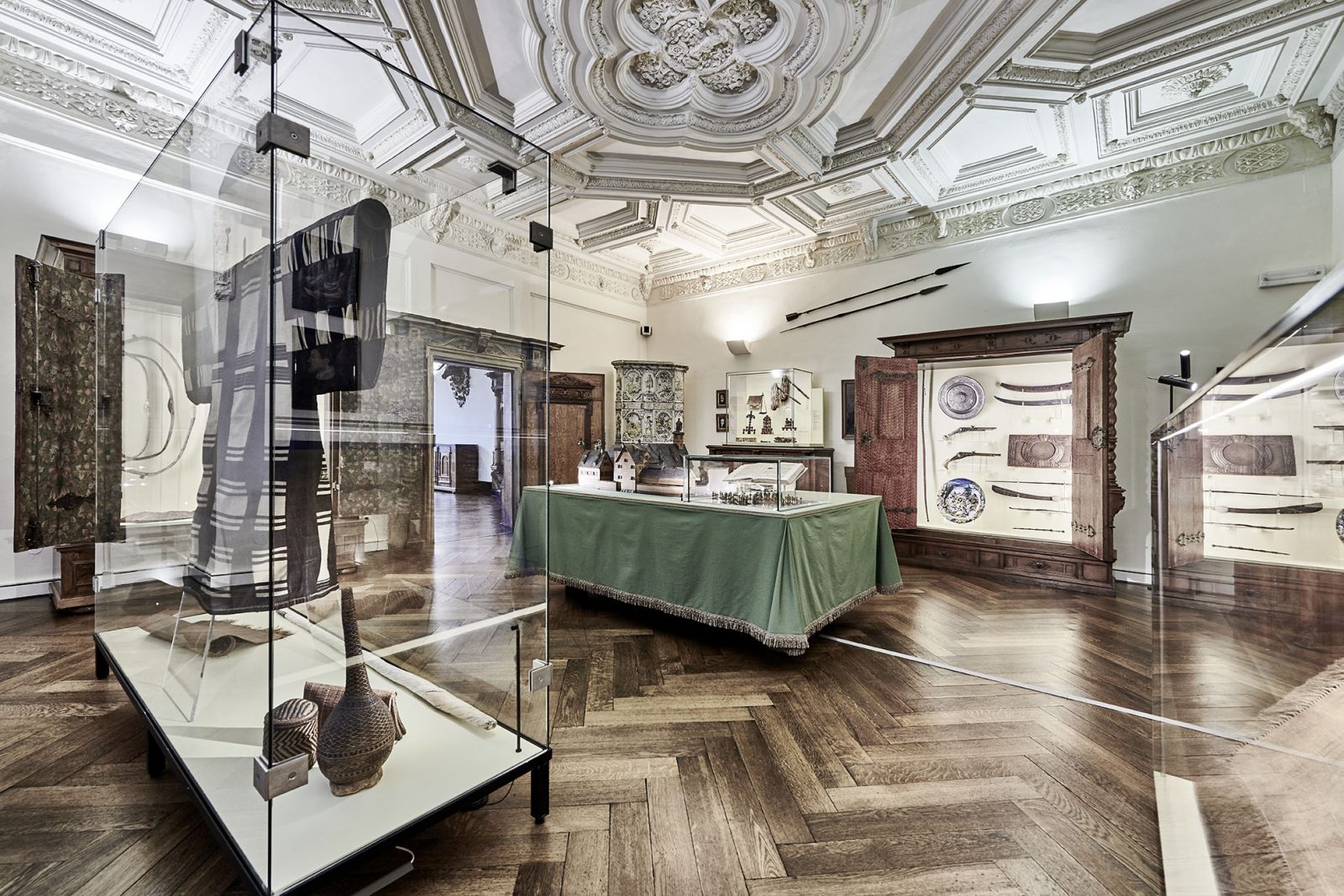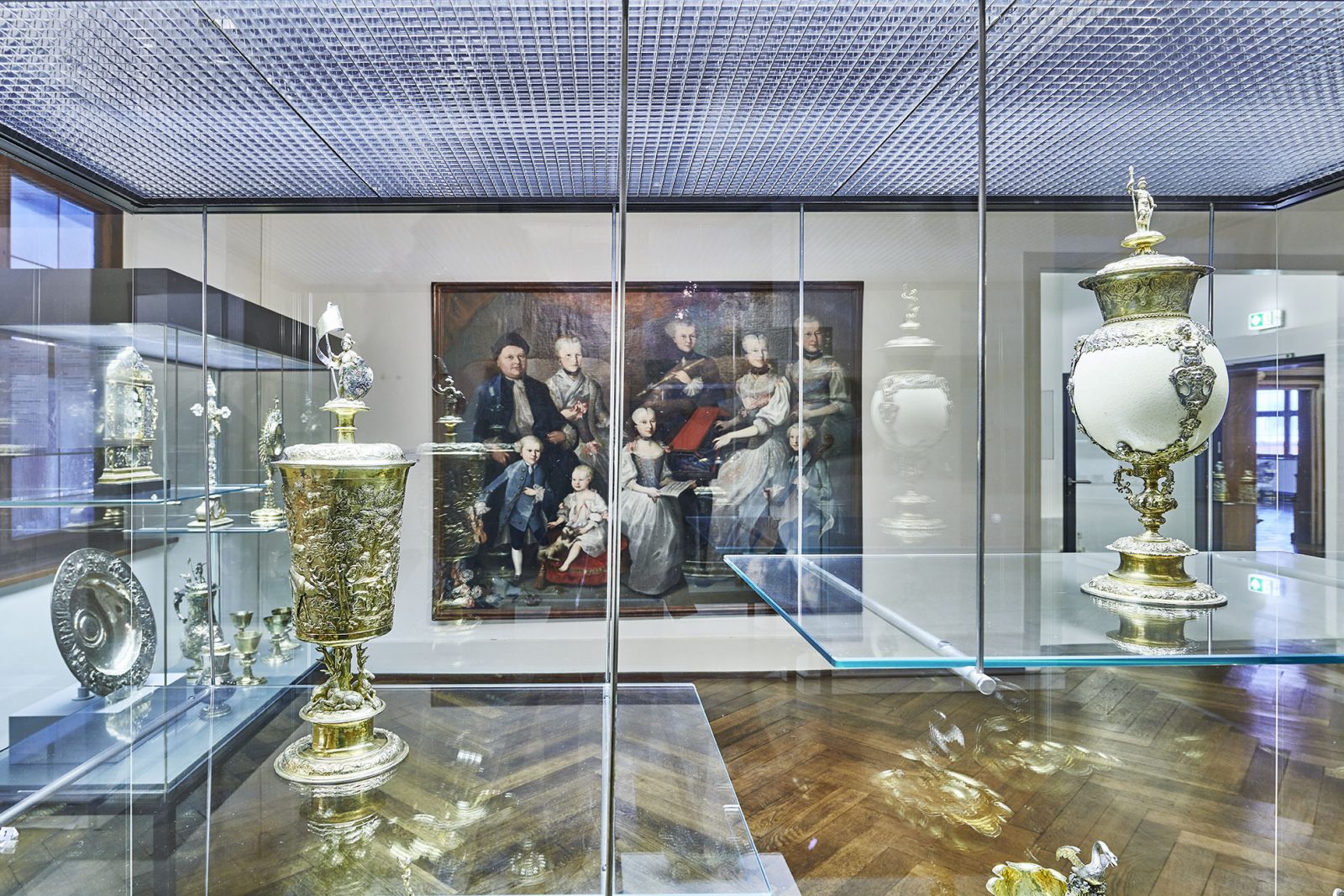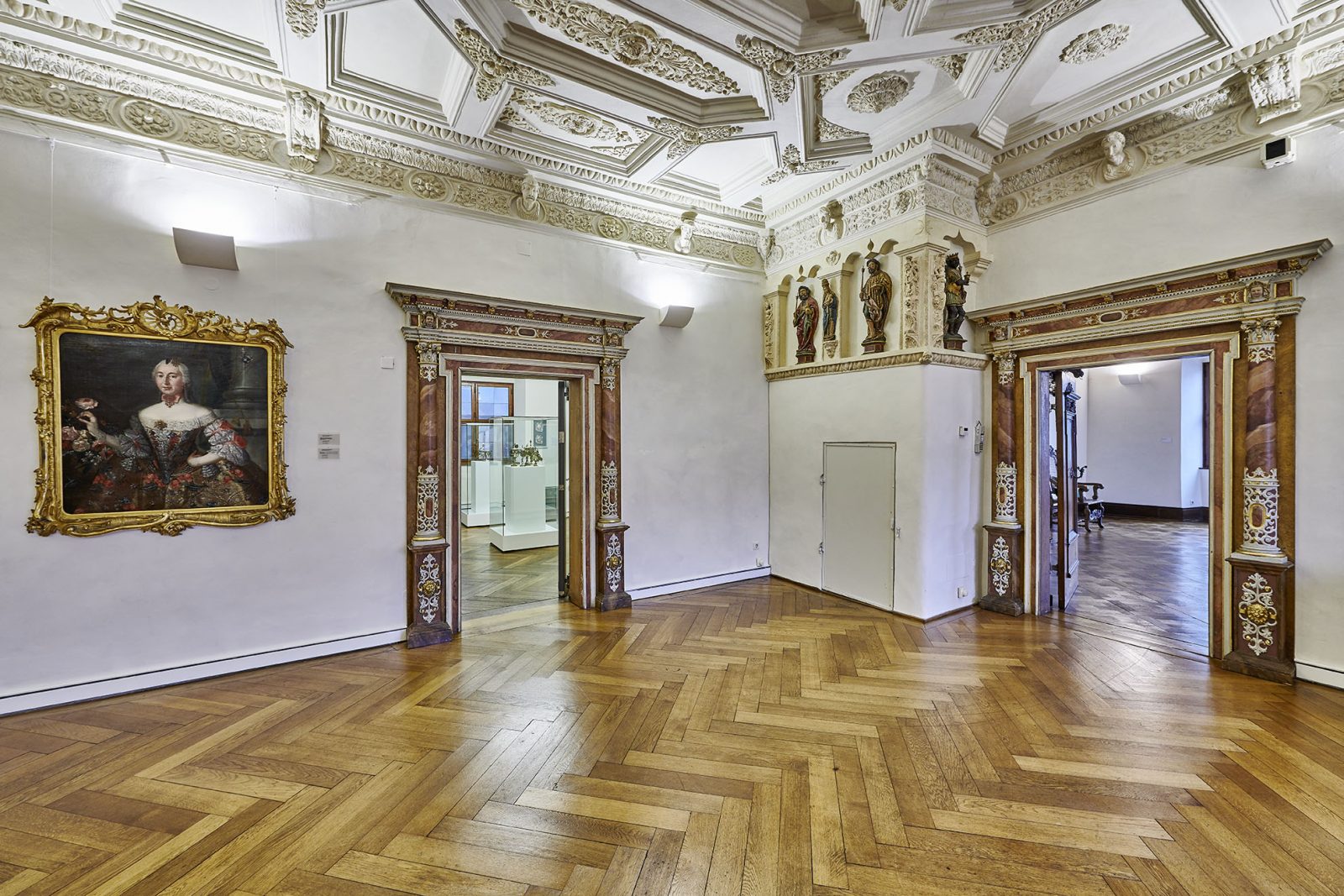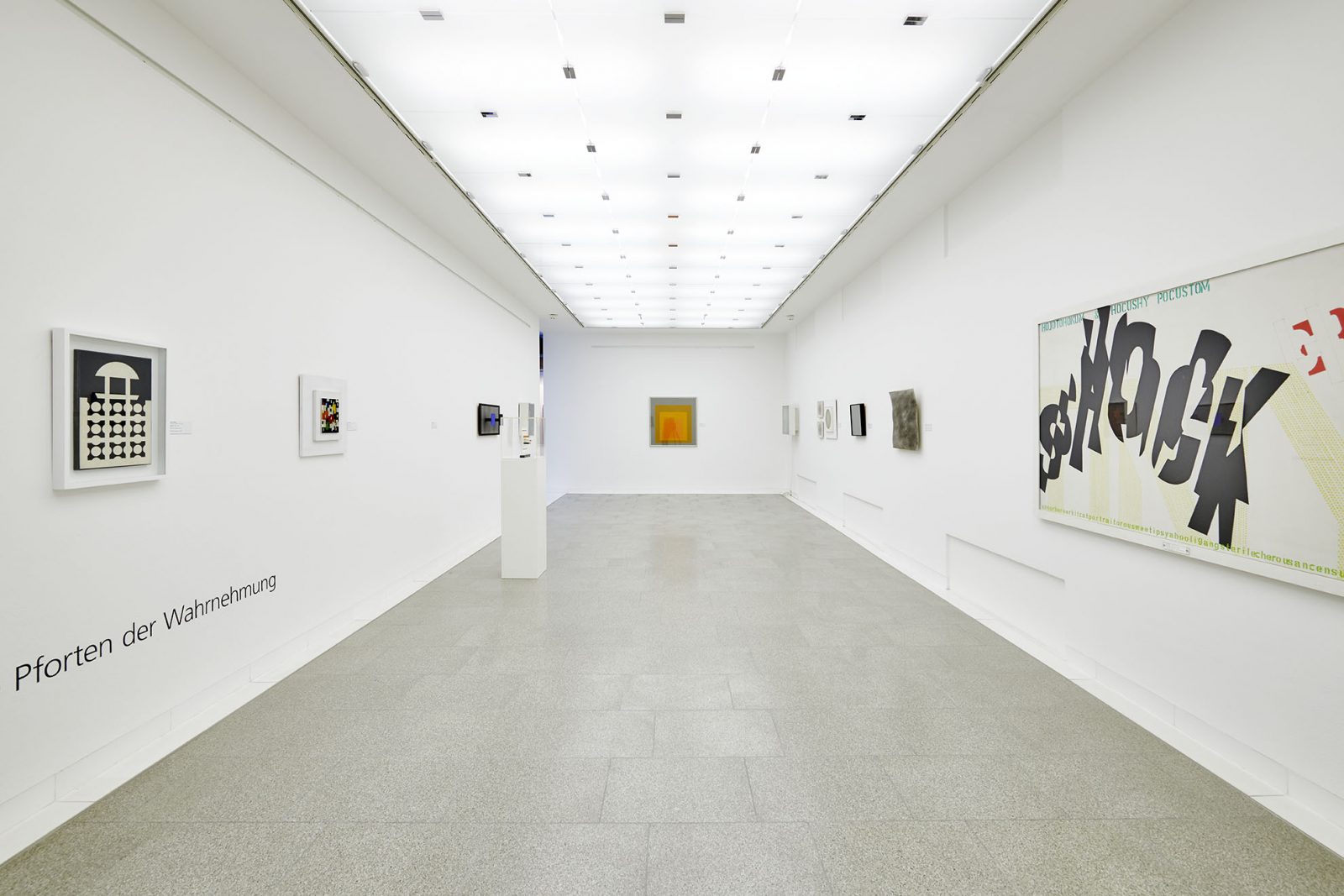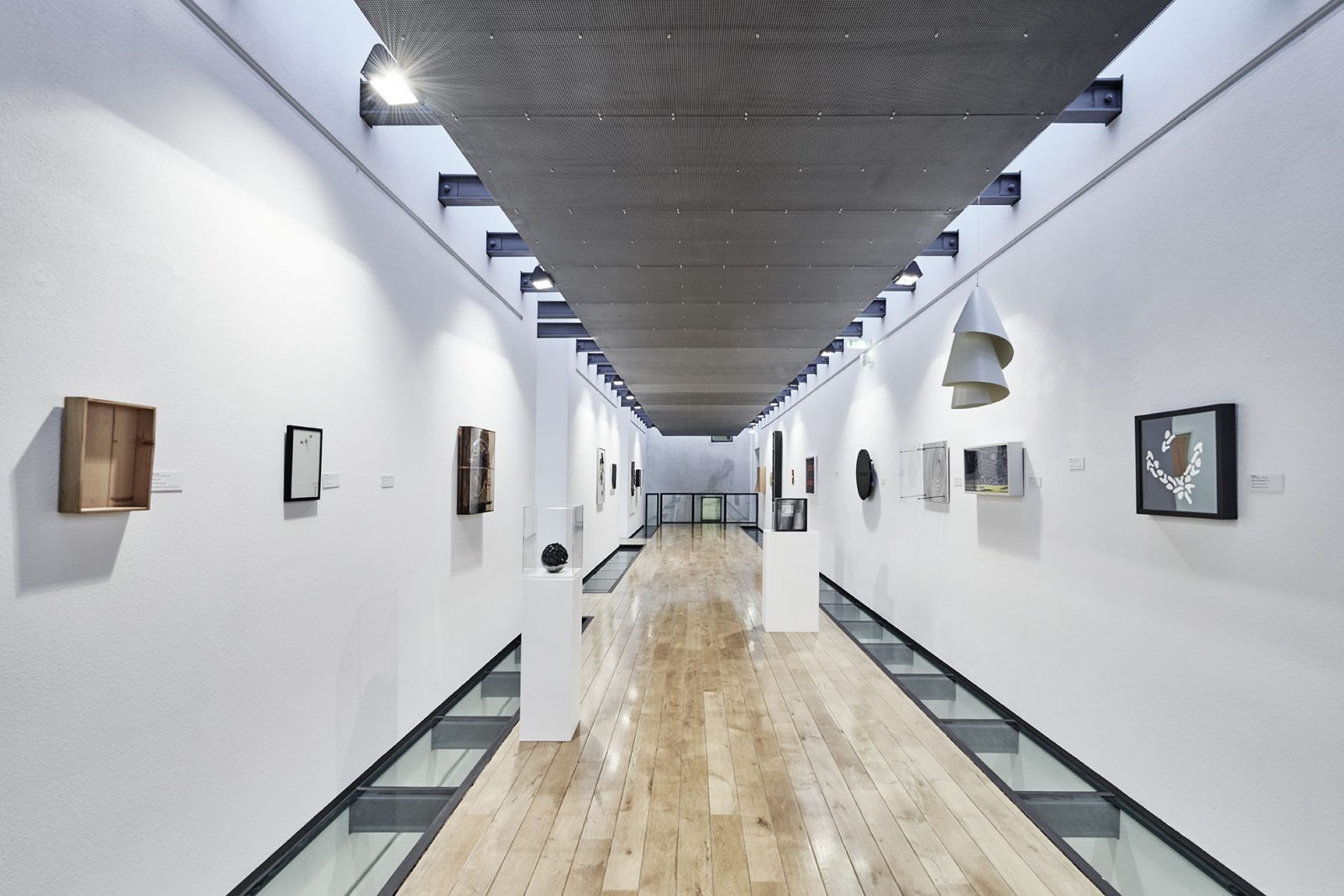Plastic Material − Magic Material
: Freedom and limits of design at HfG-Archiv, Am Hochsträss 8, 89081 Ulm
Like no other material, plastics stand for democratization in the world of things. They are suitable as substitutes for traditional materials, are cheap starting material for mass-produced penny products, indispensable in medical technology or the automotive industry. They can be molded into any shape, drawn, inflated, and given any colour imaginable. Their triumphal march in the consumer goods sector began in the 1970s at the latest.
The history of the emergence of modern plastics is closely linked to the development of science in the 19th century and industrialization in Europe. Chemistry moved away from the alchemical considerations of the unity of man and substance and the chance of their joint development, as expressed, for example, in the idea of the philosopher’s stone. Nature became a storehouse of materials that could be exploited at will.
At the Ulm School of Design (1953-1968), the workshops were central places for experimentation and the implementation of new design concepts. Initial designs and models were created in the plaster, wood or metal workshop. A plastics workshop was planned, but was not set up until the summer of 1959. Although it was the smallest room in terms of square meters, the members of the product design and construction departments made particularly intensive use of it: The new material was suitable for model making and at the same time held promise for the design of future industrial products. Companies such as Bayer and BASF provided generous donations of materials to ensure that the next generation of designers got to know and appreciate the material.
The Ulm School of Design (HfG) was a project of modernity. With the help of technology and science, its members wanted to make our everyday environment sustainable and good. They wanted to contribute to the establishment of a better world in which all people could live together in freedom, safety and with sufficient provisions. We are at least as far away from this ideal today as we were in the postwar years: Plastics have also made their way into weapons technology, and in addition to high-quality consumer goods, we produce primarily packaging waste.
The exhibition raises the question of the opportunities and limits of the almost total freedom of design that modern plastics have given us, and in the process addresses the responsibility of designers, scientists and consumers alike in the face of these seemingly unlimited possibilities.
The exhibition is accompanied by a catalogue published by avedition (Softcover, 128 pages, german, numerous illustrations, € 24).
With kindly support
